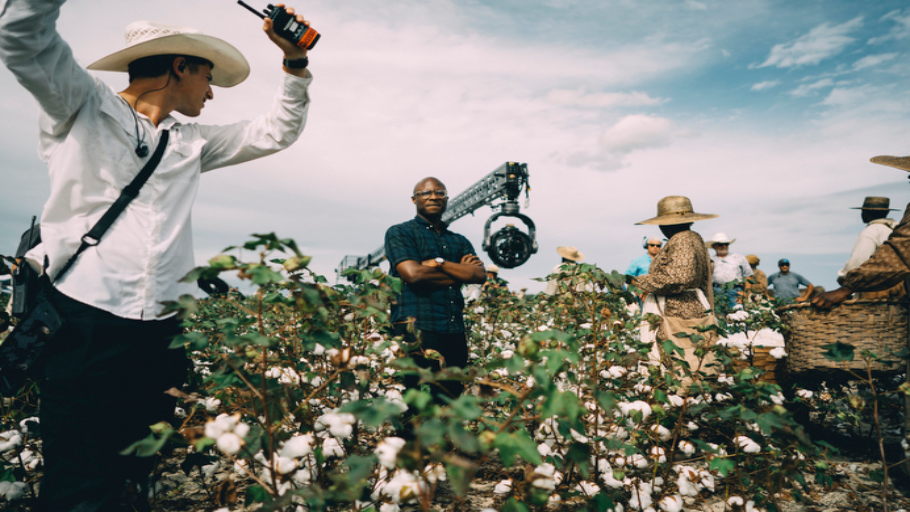
By William Nash — Speaking on NPR’s Fresh Air, Barry Jenkins, the director of “The Underground Railroad,” noted that “before making this show … I would have said I’m the…

By William Nash — Speaking on NPR’s Fresh Air, Barry Jenkins, the director of “The Underground Railroad,” noted that “before making this show … I would have said I’m the…
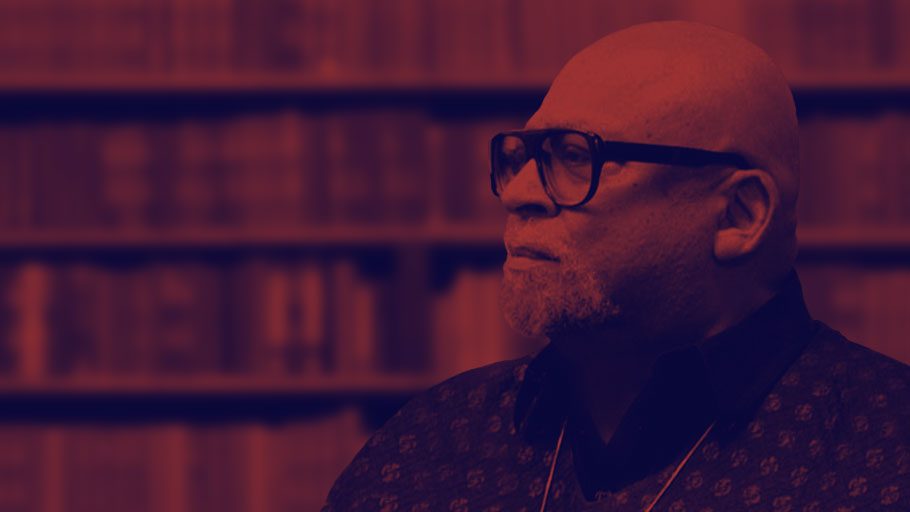
By Dr. Maulana Karenga — This year’s celebration of Black History Month II: Women’s Focus comes at a time of the pandemic COVID-19 and the continuing pathology of oppression. It…
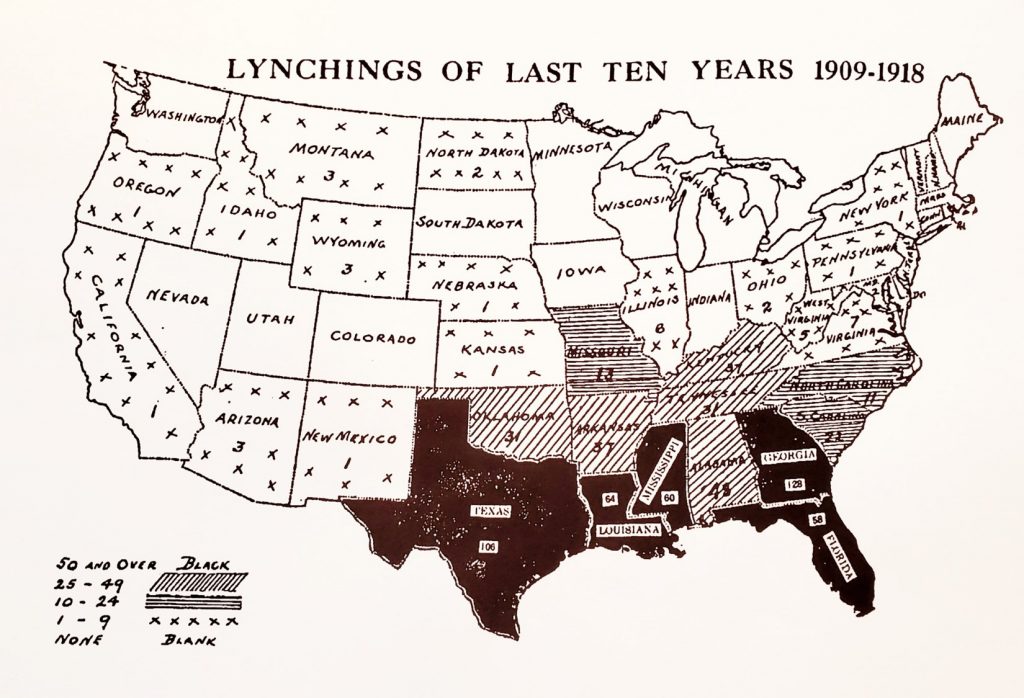
By Derek H. Alderman, Joshua F.J. Inwood— How can maps fight racism and inequality? The work of the Black Panther Party, a 1960s- and 1970s-era Black political group featured in a new…

By Cedric ‘BIG CED’ Thornton — A Black woman, who started as a part-time server, is now an owner of her very own Outback Steakhouse restaurant in Michigan, less than 20…
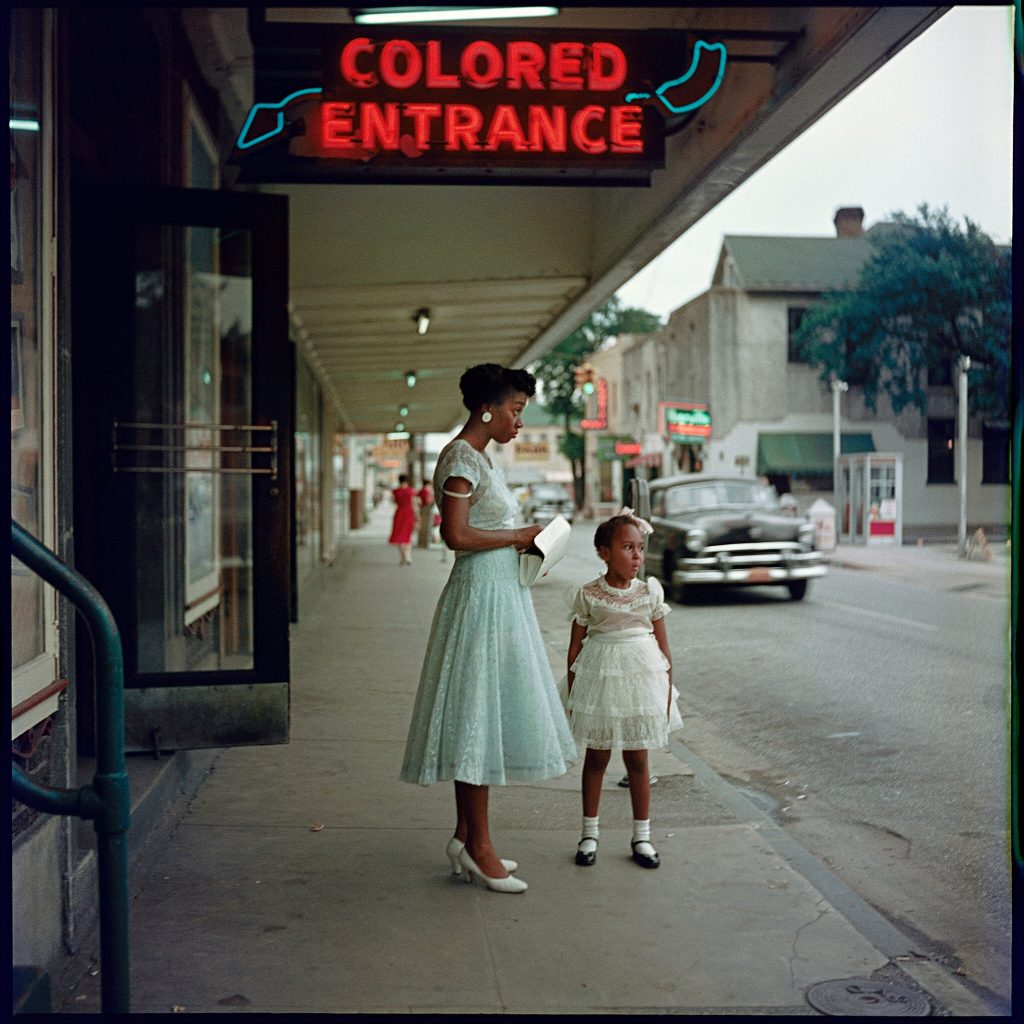
The failure to appreciate Black history leaves our nation incomplete. By Jonathan Holloway— Many of the insurrectionists who stormed the Capitol on Jan. 6 were driven by a belief that…
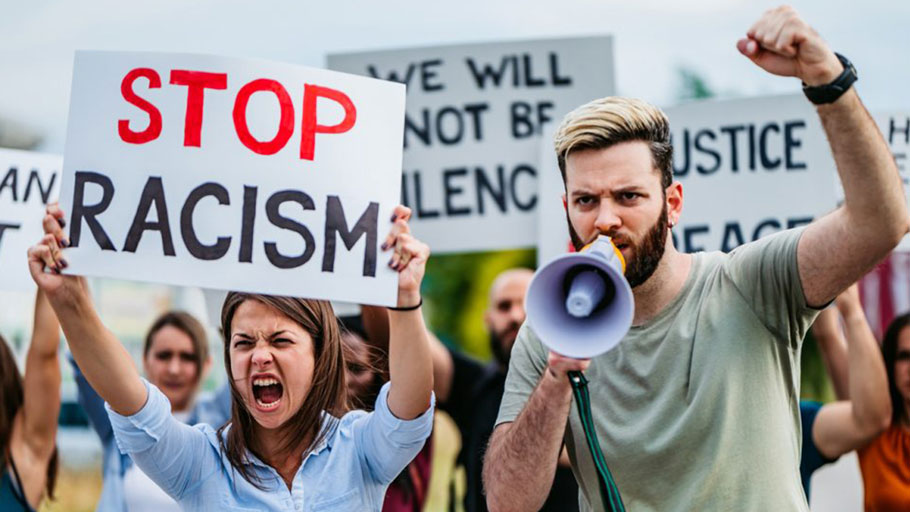
By Anthony Quinones— Many historically marginalized groups have the ability to address the atrocities done to them. For example, Jewish people are still talking about the Holocaust. The Nazis killed…

By The Unitimes Reporter— Twice during last year’s American presidential election campaign, the US president attacked Critical Race Theory (CRT). The first time, on Constitution Day in September, Donald Trump…

Living the Legacy of Our History: Resolutions for Righteous and Relentless Struggle By Dr. Maulana Karenga— In this time of trial, tragedy and transition, let us turn inward for a…
By Ed Bell, Clementine Briand, Pierce Freelon, Jonathan Halperin, Aaron Keane and Drew Takahashi— EPISODE 1 The white “race” was invented by rich Virginians in 1676 in the aftermath of…
Vantage Point October 26, 2020 — On this Edition of Vantage Point, host Dr. Ron Daniels aka The Professor talks with guests Lenora Marshall and Dr. Iva Carruthers. Topics The…

The black codes effectively continued enslavement for African Americans by restricting their rights and exploiting their labor. By Nadra Kareem Nittle — When slavery ended in the United States, freedom…
Streamed September 7, 2020 — The Institute of the Black World 21st Century in collaboration with the National African American Reparations Commission present a Black Labor Day Forum “The Theft…